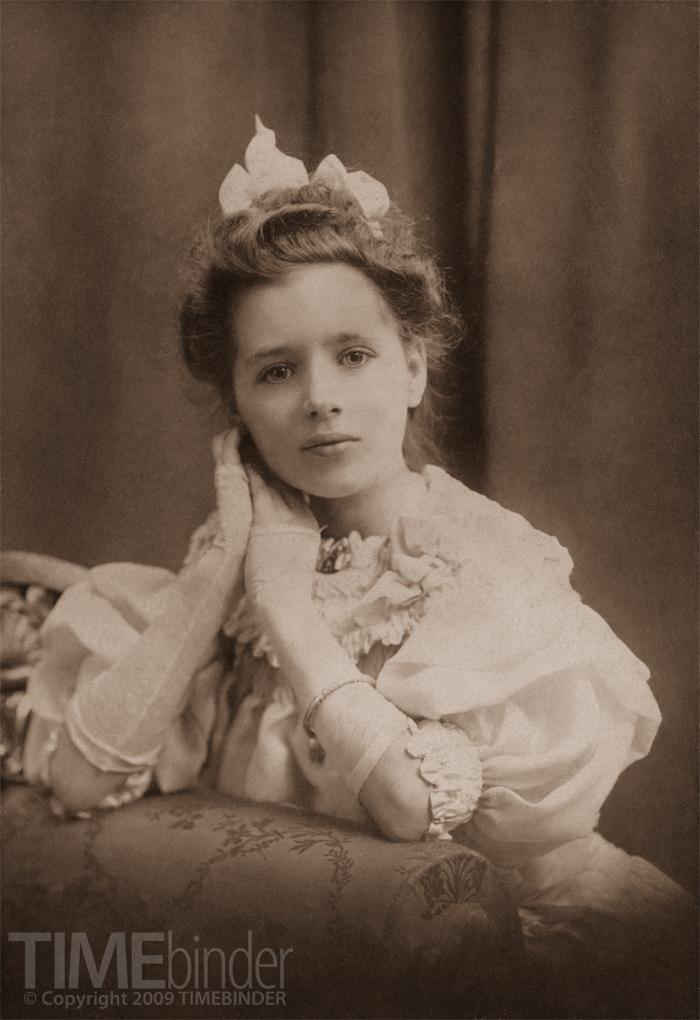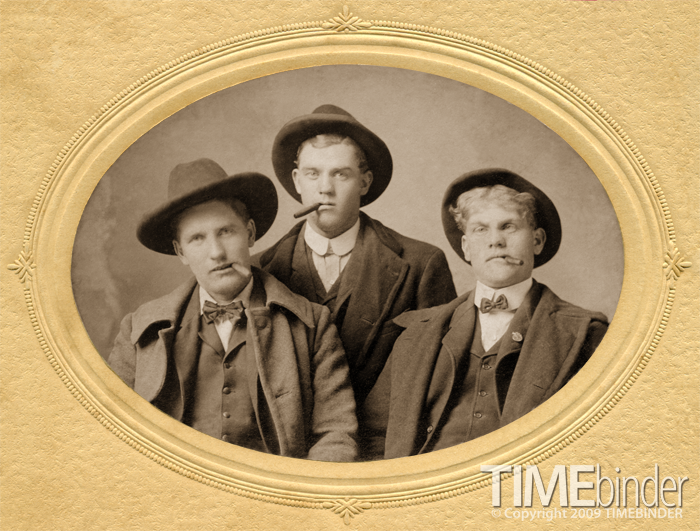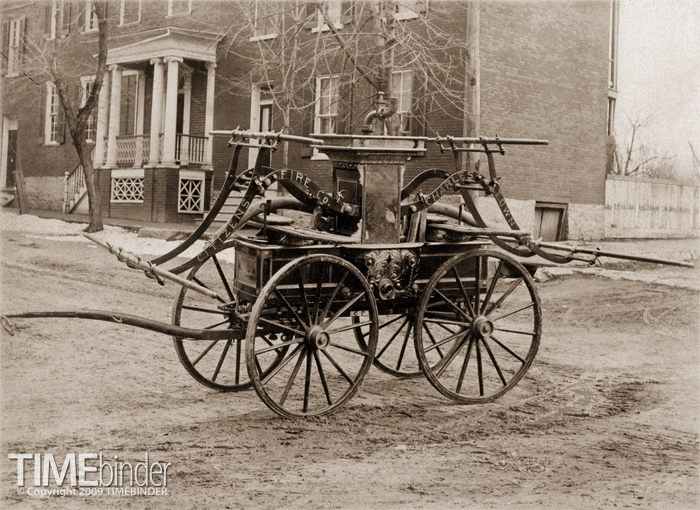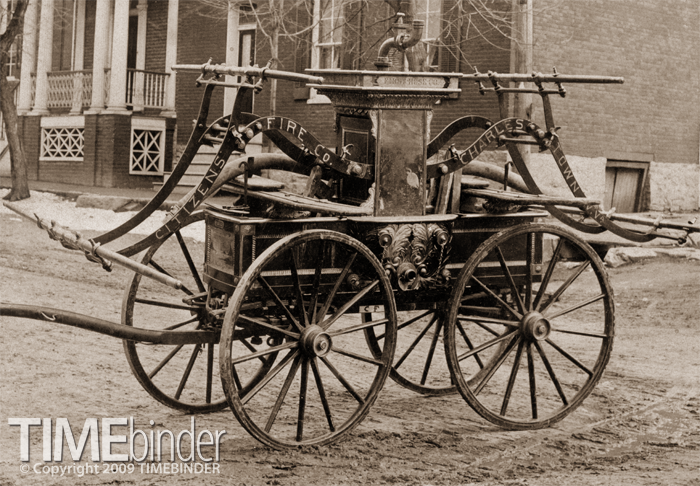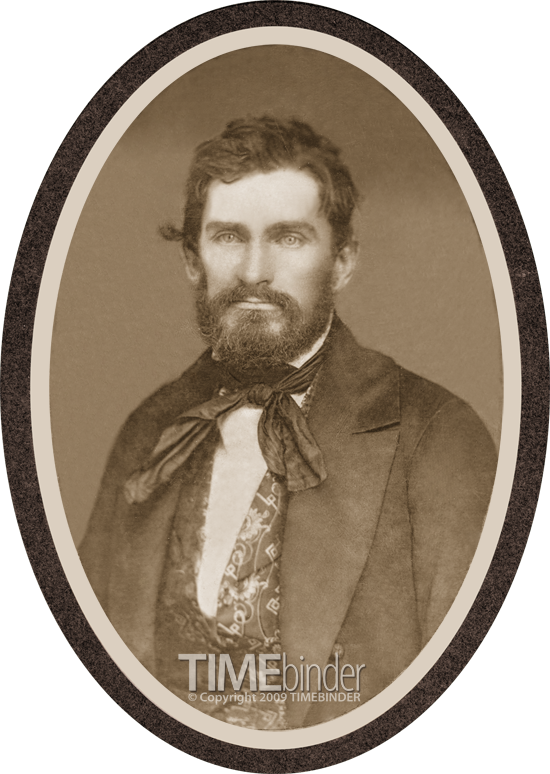Donkeyback Dudes
 Wednesday, November 11, 2009 at 1:45PM
Wednesday, November 11, 2009 at 1:45PM 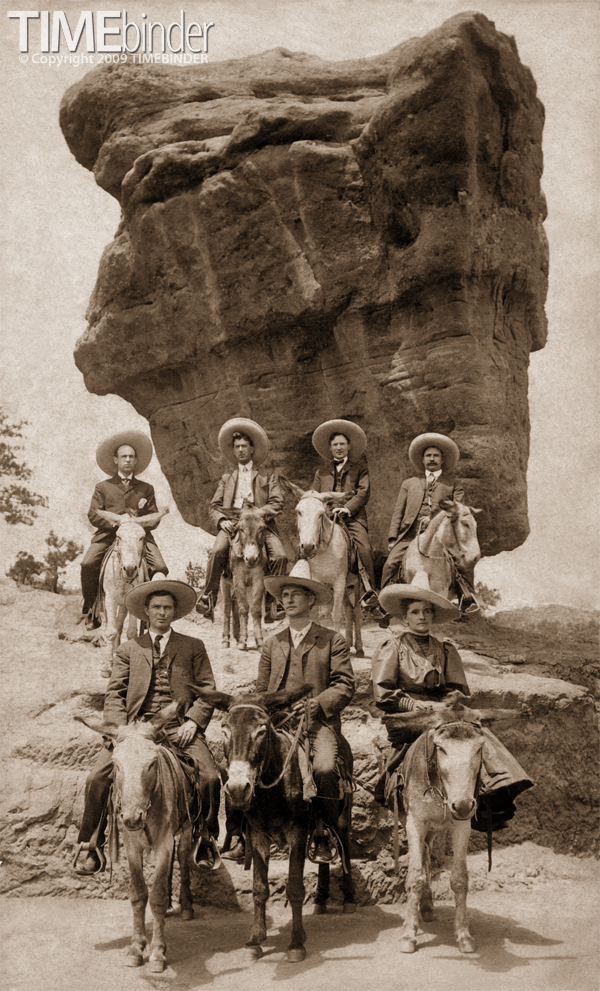
Once photography was liberated from the studio setting – which didn't take long after there were alternatives to daguerreotypes and ambrotypes, and especially after dry-plate negatives were invented – photos taken of travelers on site became common. This turn of the century cabinet card from the American Southwest or Mexico pictures dudes of the first order perched in their street clothes and sombreros on donkeys and burros. The tough, sure-footed little pack animals (the burro being the common distinguishing term for the smaller size) are quite capable of carrying adult passengers, but they get their sure revenge by making their riders look rather absurd (particularly a long-legged man like the one second from the left, back row) and anything but a slow pace will not make for happy campers.
There is no identification for the photographer or vacationers on this 5" x 9" cabinet print.


